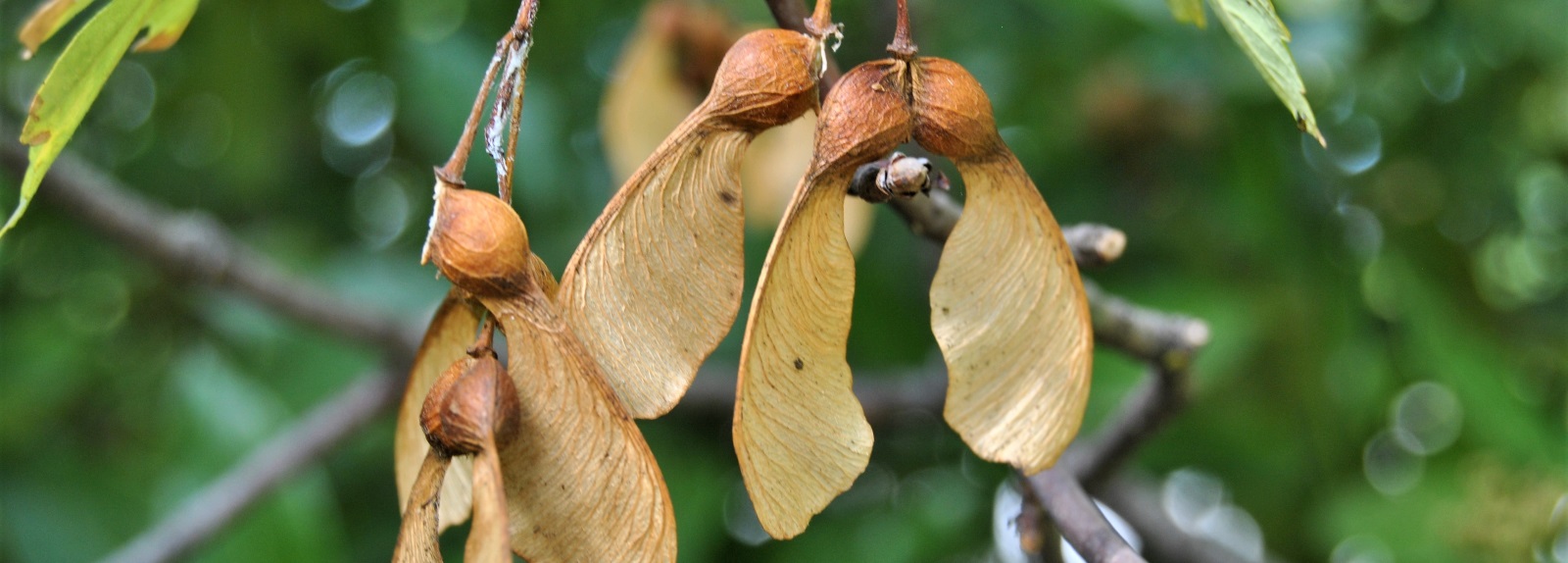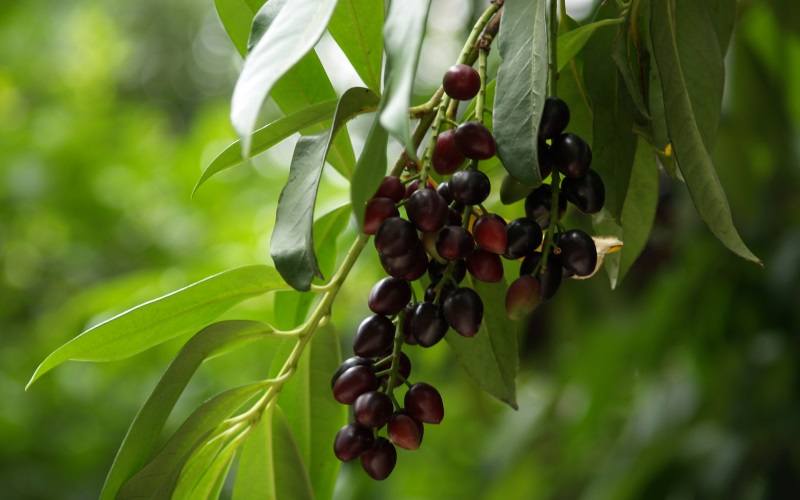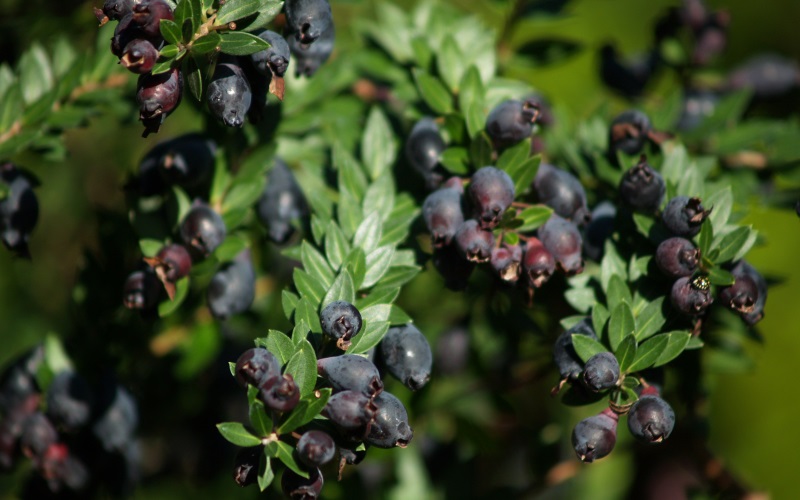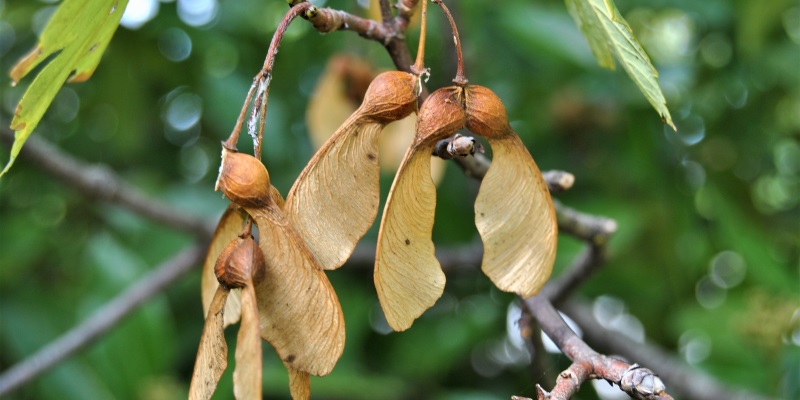

How do plants disperse their seeds?
Known as the flower season, spring is a decisive moment for many plants, for their reproduction and the formation of future seeds. But the latter will still have major challenges ahead before they germinate. Filipe Covelo, a fellow in science and technology management in the field of botany, explains what happens.
Bees, bumblebees and other insects are very busy these days. For many plants, these pollinating animals are essential for transporting pollen grains between their anthers, the flower’s organ where they are formed, and the ovary, the female part of the flower where the ovules are kept.
“The seed is the result of the ovule’s development after fertilization by the pollen grain”, describes Filipe Covelo. That is why flowers in plants that need to attract insects are so colourful and fragrant at this time of year. Furthermore, to make them even more attractive, they provide insects with nectar.
Once seeds have formed, they still have a long way to go before they give rise to a new plant, which will often have to take place far away from the parent plant, to reduce the competition for resources such as water and sunlight.
So how does this dispersion take place? “Plants move. Despite doing so at a different pace and in different ways to animals, they use various types of dispersion in order to colonize new areas and seek more favourable conditions for their development ”, explains the researcher, a collaborator at the Botanical Garden and Herbarium of the University of Coimbra, within the scope of the PRISC project (Portuguese Research Infrastructure of Scientific Collections).
Seeds of angiosperm plants are surrounded by fruit. These may include fruit such as pomegranates, peaches or watermelons, but also other structures that we do not normally associate to fruit. “For example, sunflowers have fruit known as achenes.”
In cases like these, it is often animals who, without realizing it, transport small seeds to a place where they can germinate, when they ingest them and they pass through their digestive system. This process is known as endozoochory.
According to Filipe Covelo, “when they are ripe, some species’ fruit are bright in colour, a strategy to attract dispersers”. Examples include hawthorn buds (Crataegus monogyna), wild cherry (Prunus avium) and Portugal laurel (Prunus lusitanica) drupes or the myrtle berries (Myrtus communis): “They serve as food for some birds and mammals, but at the same time, they disperse the seeds, with fertilizer included, and thus allow the species to colonize new areas.”



Less colourful, but very nutritious, are acorns that attract birds like jays, that store them in holes in the ground. Some are forgotten and give rise to new oaks trees in the garden.

Other times, seeds hitch a ride with animals, aided by thorns or hooks “which allow the seeds to stick to the fur, feathers or clothes of their dispersers”, in a dispersion strategy called epizoochory. “Who has never found fruit or seeds attached to their clothes after a walk in the countryside? The Torilis arvensis (parsley) species is one example of a fruit with these characteristics”, exemplifies the researcher. Another plant that uses the same dispersion strategy is known by a suggestive name, the sticky weed (Galium aparine).
Wind also plays an important role, in a process known as anemochory (from the Greek anemos, which means wind, and choris, dispersion). In this case, “plants such as sycamore (Acer pseudoplatanus), willows (Salix spp.), dandelions (Taraxacum spp.) and the villous deadly carrot (Thapsia villosa) have hairs or membranes that resemble parachutes or wings, which allow fruit and seeds to be transported by the wind.” This is also the case for pine seeds, for example.

Coconut trees (Cocos nucifera), on the other hand, use hydrochory, which is dispersion by water. As coconuts repel water and are of low density, they float, transporting the seeds in their interior. “This way they disperse the species to new areas.” As for walnut trees (Juglans regia) and sweet chestnuts (Castanea sativa), they use gravity, in a strategy called barochory. “Due to their weight and their rounded shape, the fruit can roll to a place further away from the mother plant.”
There are other, even more ingenious processes, such those used by squirting cucumbers (Ecballium elaterium), for example, whose fruit “project a stream of liquid containing its seeds as if they were a cannon”, describes Filipe Covelo. This is autochory, where plants use autonomous mechanisms.
“We must not forget the planet’s greatest disperser, Man”, he adds. “This species quickly takes diaspores (plant structures involved in dispersion) to various parts of the world, sometimes causing very problematic situations, such as those related to invasive species.”
Despite the many different strategies, few seeds reach the ideal destination at the right time. Many never come to originate a new plant, others manage to endure several years, immobile, waiting for the right time.
If you want to get to know more about the plants of the Gulbenkian Garden, you can find many of the botanical species of this green space here. See also “One hundred seeds that flew away” a children’s book published by Planeta Tangerina, a delightful story that explains the difficult path that seeds take.
Every month of the year, Wilder magazine unveils some of the phenomena taking place in the Gulbenkian Garden and in the natural world.